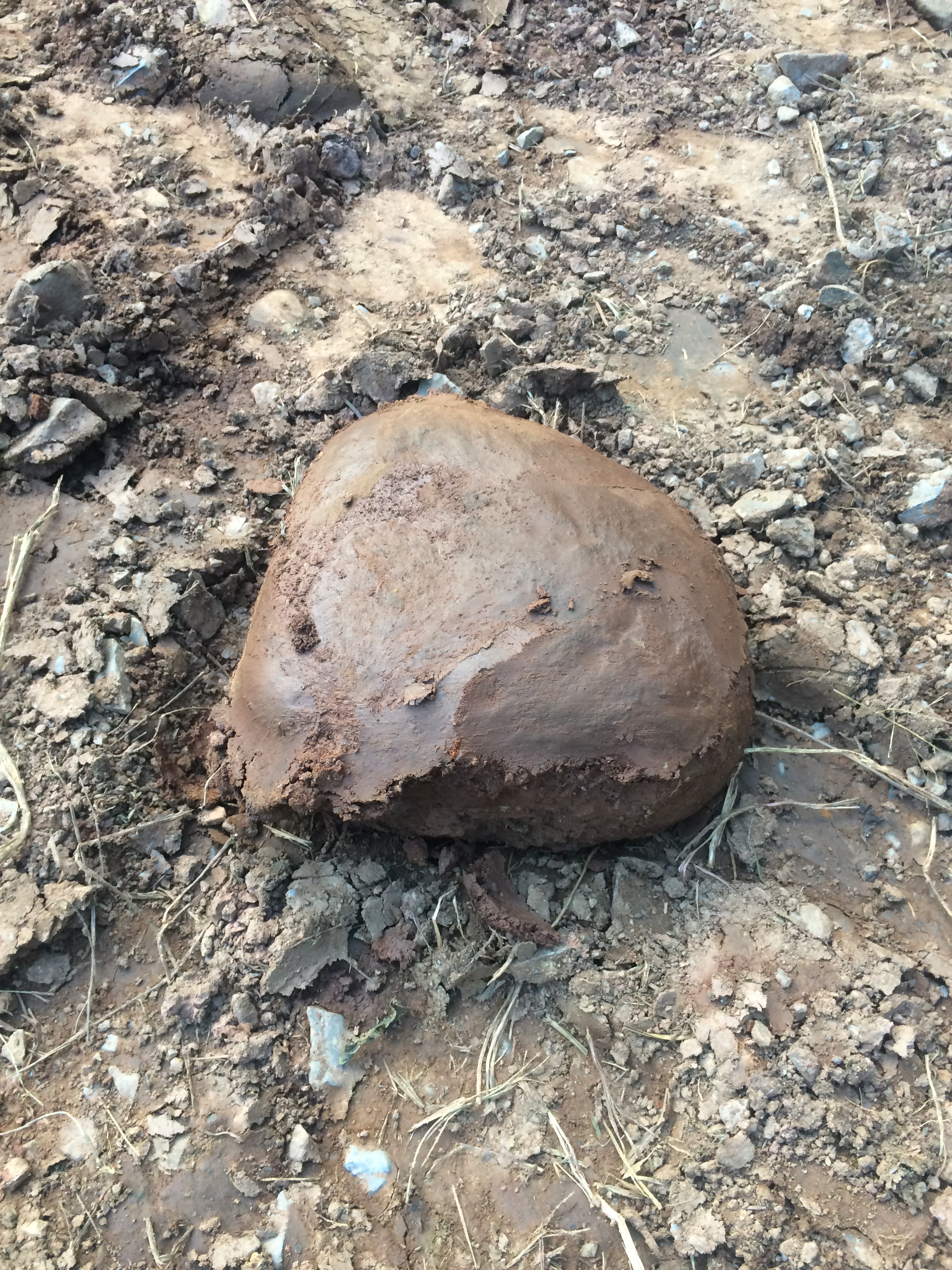Posts Tagged → northcentral pennsylvania
A rock from the basement of time
Norman McClean wrote his book “A River Runs Through It,” about his childhood in southwest Montana. Growing up hunting and fishing brought him into close contact with unusual examples of natural history in the field, including really neat geological samples.
Those rocks that he found were what his Presbyterian minister father called “rocks from the basement of time.” Meaning that they were very old, from the beginning of the world. McClean effectively connects his reader with the sense that while standing in a trout river in Montana, holding one of these ancient rocks, he was transported, and the reader along with him, into a kind of time machine and also a giant web of life and history.
This phrase “rocks from the basement of time” always stuck with me, as it is so illustrative of how such basic, simple, everyday things in our lives can yet be so important or significant. And inspiring.
Here below is one such rock from the basement of time, but from this northcentral Pennsylvania corner of the world’s basement. 
This large, rounded river cobble was unearthed today in the dirt bank behind the cabin in Pine Creek Valley, about four hundred feet above the Pine Creek riverbed. This rounded river stone started out as a squared chunk of slate hundreds of millions of years ago, and was then gently rounded and sculpted by flowing water, and sediment and rocks being pushed downstream over who knows how long. Its most recent path in its long life had it deposited in the great flood that created Pine Creek as we know it today, 10,000 years ago, after the most recent ice age.
At the end of that last ice age, a huge ice dam in the Finger Lakes region melted and burst, pouring an entire inland sea down through the little creek bed that was then north-flowing Pine Creek. All that water flooding the river channel caused Pine Creek to reverse its flow, and in that process enormous amounts of both shattered rock and rounded riverbottom cobble churned its way south, settling out along the walls of the canyon, eventually far far above, almost impossibly above, the new river channel and bed.
When I think about that raging torrent of mud and rock from a hundred miles upstream, filling up the valley’s river hundreds of feet higher than its usual height, and depositing ancient large river stones far above their natural resting place, I think “Wow.”
And here at my feet is all of that incredible story, told in one pretty much otherwise unremarkable rock from the dirt bank behind the cabin. Which I now look at and think of as being part of the basement of time. And suddenly I feel totally differently about my life and everything in it.
The Bob Webber Trail takes on a whole new meaning
The Bob Webber Trail up between Cammal and Slate Run in the Pine Creek Valley is a well-known northcentral Pennsylvania destination. Along with the Golden Eagle Trail and other rugged, scenic hiking trails around there, you can see white and painted trilliums in the spring, waterfalls in June, and docile timber rattlers in July and August, as well as large brook trout stranded in ever-diminishing pools of crystal clear water as the summer moves along.
Bob Webber was a retired DCNR forester, who had spent the last 40 years or so of his life perched high above Slate Run in a rustic old CCC cabin. That is the life that many of the people around here aspire to, and which I, as a little kid, once stated matter of factly would be my own quiet existence when I reached the “big boy” age of 16. Except Bob had been married for almost all of his time there. He was no hermit, as he enjoyed people, especially people who wanted to explore nature off the beaten path.
That Bob had contributed so much to the conservation and intelligent development of Pine Creek’s recreational infrastructure is a well-earned understatement. He was a quiet leader on issues central to that remote yet popular tourist and hunting/fishing destination. The valley could easily have been dammed, like Kettle Creek was. Or it could easily have been over-developed to the point where the rustic charm that draws people there today would have been long gone. Bob was central to the valley’s successful model of both recreational destination and healthy ecosystem.
A year ago, while our clan was up at camp, Bob snowshoed down to Wolfe’s General Store, the source of just about everything in Slate Run, and I snapped a photo of my young son talking with both Bob and Tom Finkbiner, one of the other long-time stalwart conservationists in the valley. Whether my boy eventually understands or values this photo many years from now will depend upon his own interest in land and water conservation, nature, hunting, trapping, and fishing, and bringing urbanites into contact with these important pastimes so they better appreciate and value natural resources.
Bob, you will be missed. Right now you are walking the high mountains with your walking stick in your hand, enjoying God’s golden light and green fields on a good trail that never ends. God bless you.